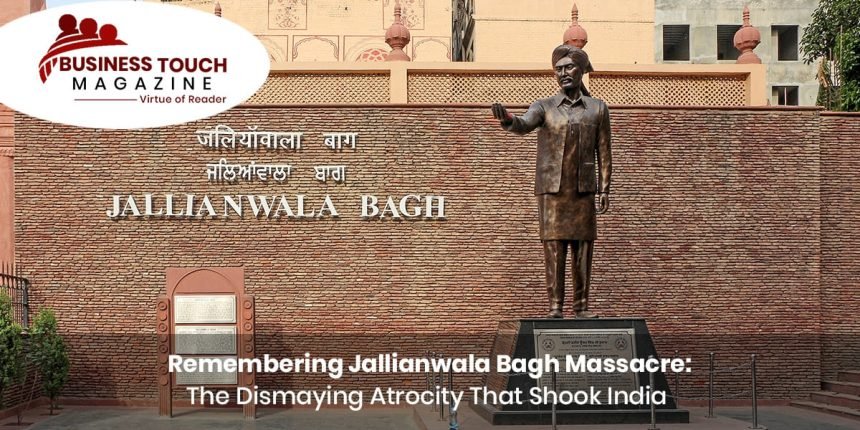The actual shooting is supposed to have lasted only about 10 minutes. Soldiers from the Baluchi, Gorkha and Rajput regiments fired a little over 1,650 rounds and killed at least 379 people by official count, wounding perhaps a thousand more. Few bullets seemed to have been wasted. For maximum impact, the soldiers shot at the densest parts of the crowd.
13th April 1919, a blood-curdling and petrifying day in Indian history when hundreds of innocent and defenceless people lost their lives and thousands of people were bruised by the British Indian army at Jallianwala Bagh, Amritsar, Punjab. The army attack on the order of acting Brigadier-General Reginald Dyer was horrific. This incident marks one of the extensive monstrous political violations committed by the Britishers in Indian history. It is titled after the popular public garden named Jallianwala Bagh which is spread over an area of 7 acres with walls housing all of its sides.
As many as 90 British Indian Army soldiers, commanded by Colonel Reginald Dyer, opened fire at over 20,000 unarmed men, women and children without any warning or order to disperse. Apart from the many deaths due to direct shooting, a number of people died from stampedes or by suffocation from jumping into a solitary well on the compound to escape bullets.
The dead couldn’t be moved from there since a curfew had been declared and many more were killed during the night. The number of deaths caused by the shooting is disputed. However, a plaque set up after independence in the monument at the site states that 120 bodies were pulled out of the well.
Back in his headquarters, General Dyer reported to his superiors that he had been “confronted by a revolutionary army”. In a telegram sent to Dyer, British Lieutenant-Governor of Punjab, Sir Michael O’ Dwyer wrote: “Your action is correct. Lieutenant Governor approves.”
Upon inquiry, Dyer declared that it was a necessary measure as Punjab, along with Bengal, was the hub of anti-British rebels and anti-empire movements and that the firing was “not to disperse the meeting but to punish the Indians for disobedience.”




